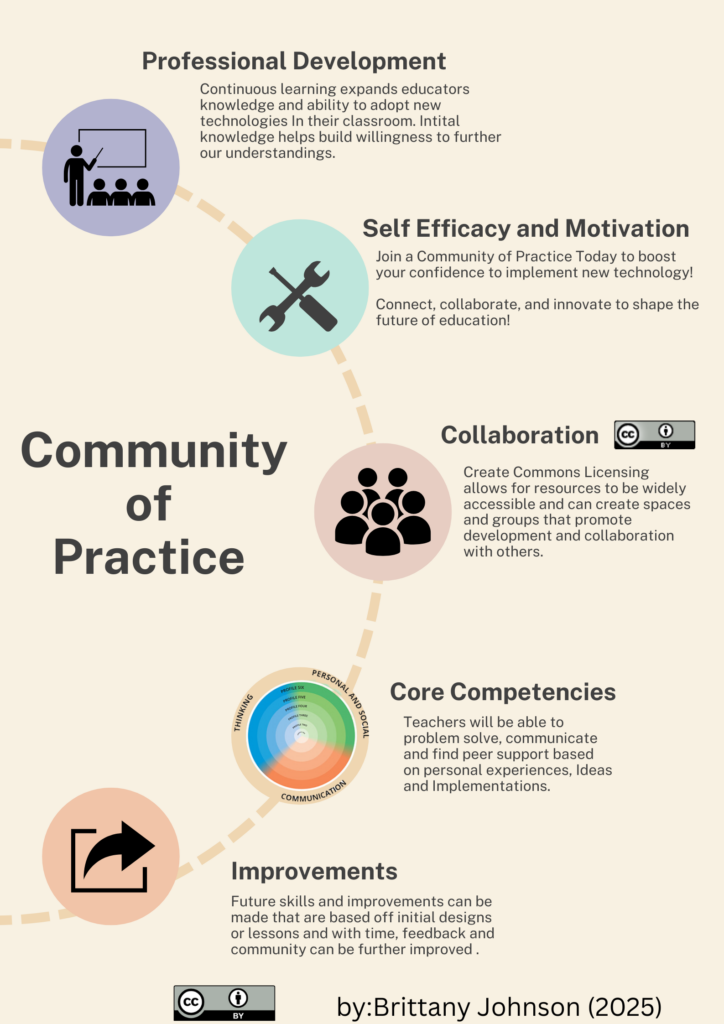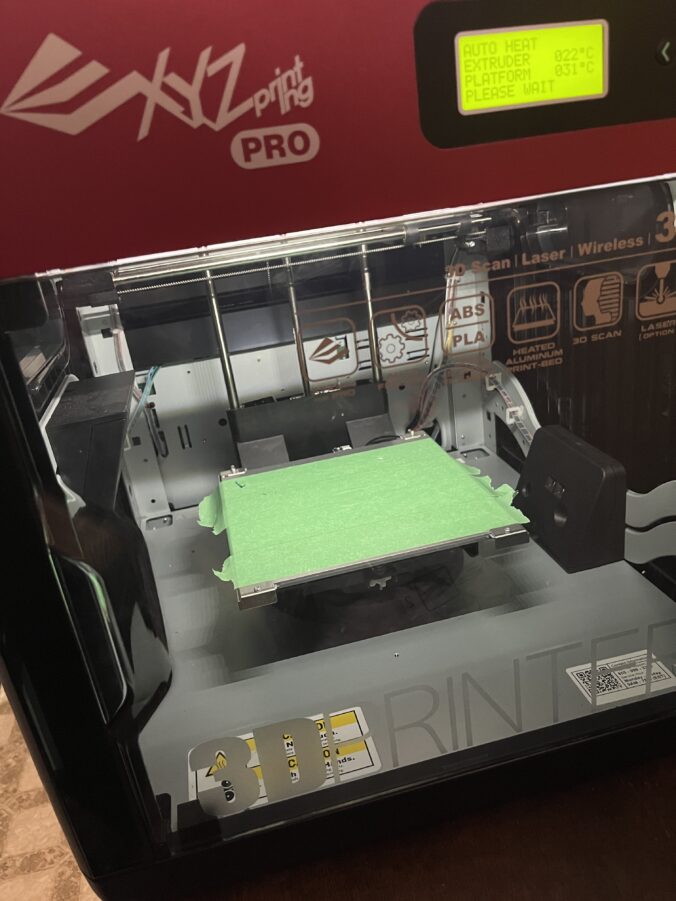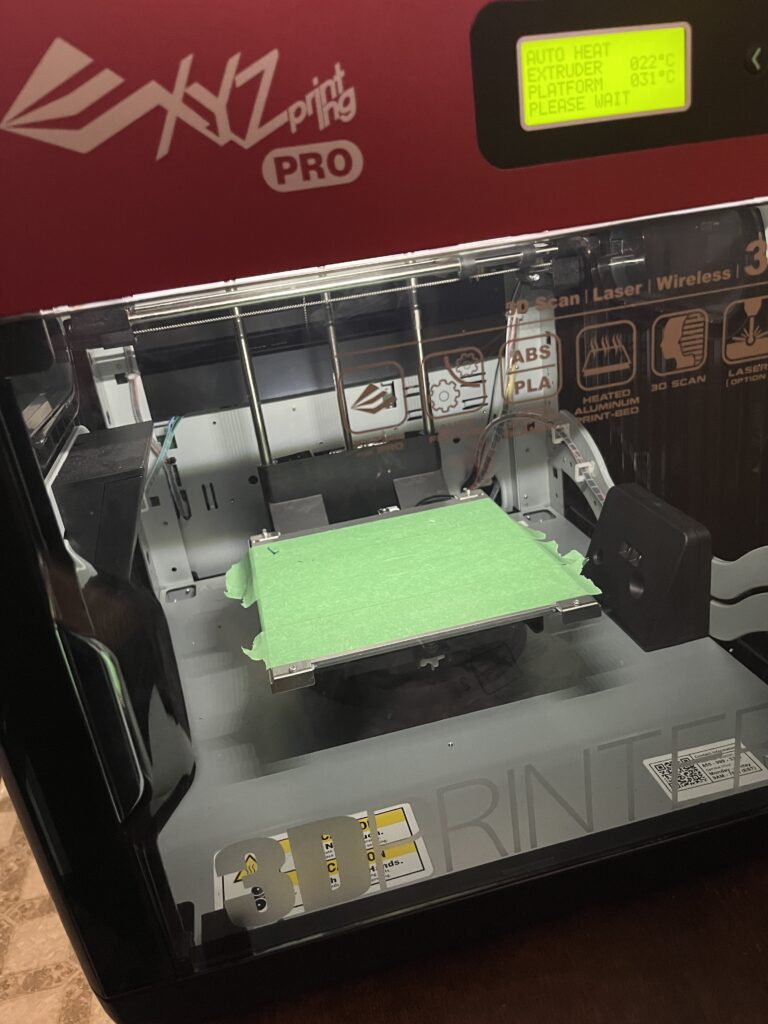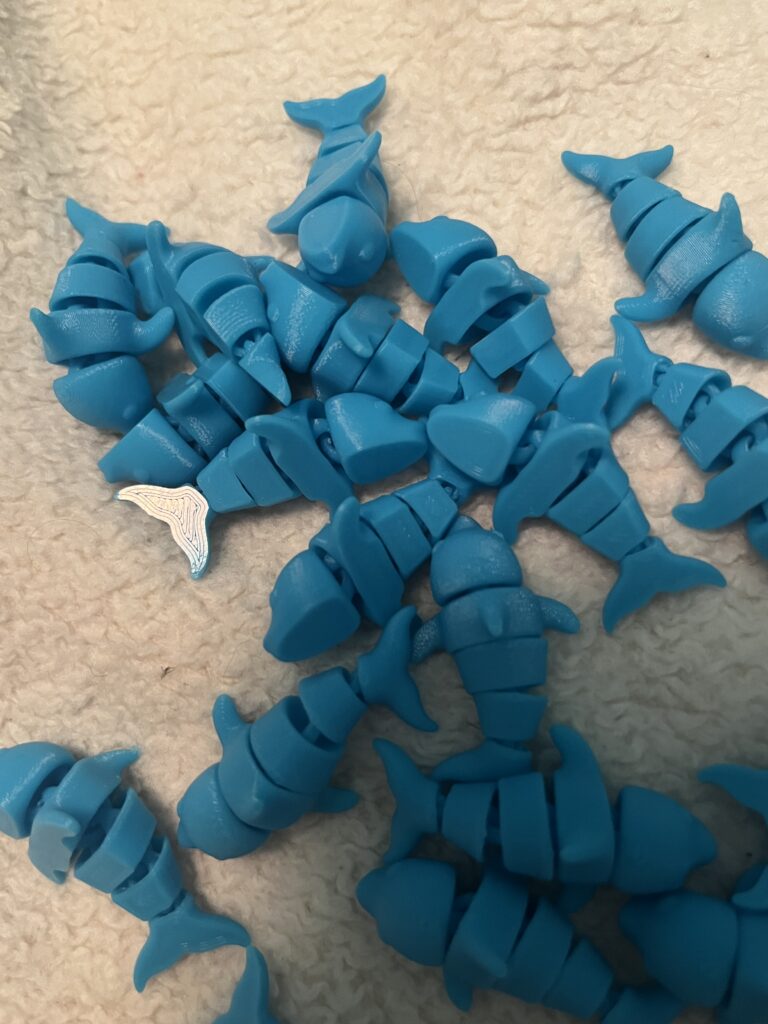I have always had an interest in 3D printing and teaching new technology tools to others. My experience at the Digital Scholarship Commons has made my learning a reality as the tools were accessible to me and I received purposeful training to further support this passion. When enrolled in Technology and Innovation in Education (EDCI 336), during my undergrad, the anxiety of technology and learning new tools quickly was shared amongst my cohort, but as time went on I grew to make connections and understand why lectures like this should be mandatory for all programs.
Now when discussing my project with others, the response is exactly what I need to get started but often teachers also share the issue of accessibility. Accordingly, addressing both second and first order barriers is crucial. Unfortunately the lack of accessibility to a 3D printer at my school has made it more challenging to pursue and create workshops. Luckily, I have had the opportunity to bring my students to the Digital Scholarship Commons to foster the learning and later this month I am also able to invite another teacher and her classroom who is interested in this learning and who is not as comfortable with the implementation on her own. Her school is fortunate enough to have an ADST prep teacher, however mine does not. It will be interesting to see what digital skills her students have coming into my upcoming workshop with her class. With the constant 21st century technology development, I believe it would be very beneficial for there to be a permanent technology teacher, similar to Krystal’s position.
Thus, our goal of this project is for the community to come together and support teachers to integrate 3D printing but also to reach out and connect. I through this process have reached out for funding, however I have yet to receive any yet. Ultimately it is important to not give up and keep these connections to make this learning happen in the community as much as I can in order to get 3D printing and technology into the hands of teachers but also make it be used and not sitting. I am currently borrowing a printer from a school and my hope is to get it working and back at their school to then train their staff. Technology is nothing if it isn’t functioning, as such we need the training and community to continue the process. With ever evolving technology we need to invest in teachers to uphold and teach these critical skills as we are at the heart of 21st digital literate students who need to develop life skills.
Reflecting on some of the experiences this term showcases my growth of where I was and Where I am now. During summer term, I did a dance montage of where I was and the connection I have to art, personalization and the idea of belonging. I wrote two poems titled Be-longing and Perseverance. These experiences shaped me to who I am now. My job experiences also shaped this new found passion for 3D printing. I came into this program with multiple ideas and was driven to do this work. The blog itself has really become a full circle to my experiences, as I revisited the Most Likely to Succeed video and numerous presenters this term. I had new experiences and mindsets listening to them a second or even third time and rereading my previous reflections on my blog. This created a very interesting documentation and growth.
3D printing in education offers a transformative way to engage students in the arts, foster creativity, and enhance problem-solving skills, while aligning with BC’s core competencies. In the realm of art, students can design and create personalized works, such as sculptures or models, merging digital design with physical creation. This hands-on process fosters self-expression and creative exploration. Moreover, 3D printing supports personalized learning by allowing students to work at their own pace and tailor projects to their interests, whether designing a prototype or crafting intricate art pieces. This individualized approach helps students develop confidence in their abilities while honing critical thinking and technical skills. The iterative nature of 3D printing also encourages problem-solving, as students troubleshoot and refine their designs. Collaboration on projects further enhances communication and teamwork skills, as students negotiate, share ideas, and provide feedback. These experiences cultivate the BC core competencies of communication, thinking, and personal/social development, ensuring students develop not only technical knowledge but also empathy, resilience, and global awareness. Through 3D printing, students gain exposure to real-world skills in design, engineering, and entrepreneurship, preparing them for future careers in innovative fields. Ultimately, 3D printing enriches education by blending creativity with practical learning, driving both academic and personal growth. According to Barron & Darling-Hammond (n.d) “As schools explore and implement strategies to engage and prepare students for the complex and ever-changing world, inquiry-based learning provides a research proven approach that has the potential to transform teaching and learning” (p.12).
Also when considering the design process of our upcoming Masters project, we found that inquiry and personalized learning really informed our ideas and best practices. Inquiry-based learning and 3D printing aligns as it promotes student-driven exploration, critical thinking, and problem-solving. The design of such a workshop encourages students and teachers to pursue open-ended possibilities, where they define their own goals and investigate solutions based on their interests. Rather than focusing solely on the final product, the process itself is emphasized and students are encouraged to reflect on their designs and ideas by learning from mistakes and refining their work. Overall Jeff Hopkins’ presentation and key readings this term, connected these two ideas for me and I believe that an inquiry-based 3D printing workshop empowers students to be active, self-directed learners, cultivating life skills and personalized experiences that are motivating.
I want to close with a video that I found interesting that puts forward the idea of 3D printing in the future of education. https://www.youtube.com/watch?v=PdzOI7CwNIk This focuses on skills such as creativity that benefit students’ growth as well as the positivity of idea making and engagement of students.
This video is mind blowing and 3d Printing could be changing the world starting with schools https://www.youtube.com/watch?v=6SL13QFdrAU







Recent Comments